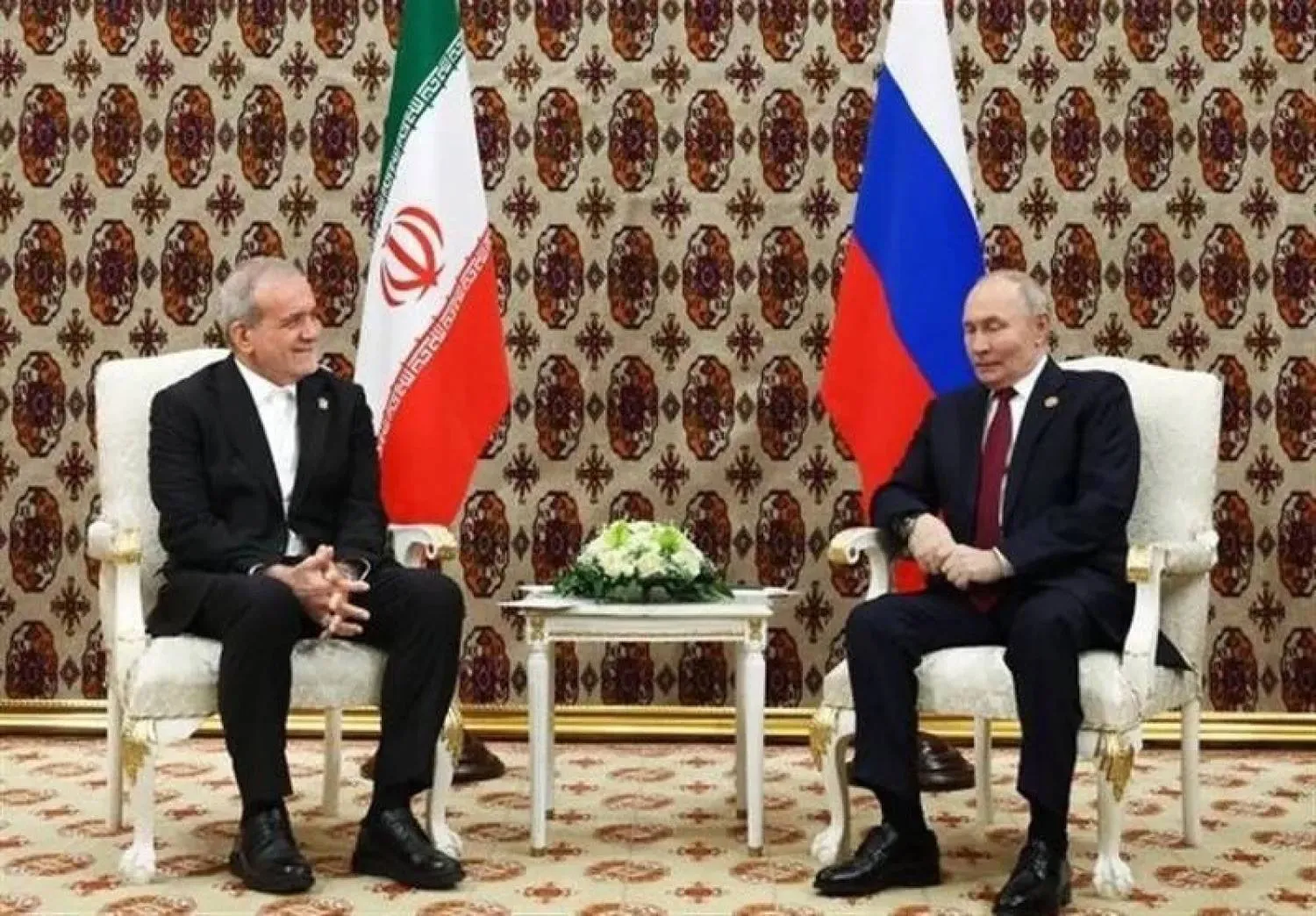The atomic watchdog's board of governors has passed a resolution ordering Iran to cooperate urgently with the agency's investigation into uranium traces found at three undeclared sites.
The resolution says "it is essential and urgent" that Iran explains the origin of the uranium particles and more generally give the International Atomic Energy Agency (IAEA) all the answers it requires.
A diplomat from the Board of Governors told Asharq Al-Awsat that according to the IAEA Statute and the Treaty on the Non-Proliferation of Nuclear Weapons, the issue could be referred to the UN Security Council.
The resolution was adopted on Thursday with 26 votes in favor out of 35, five abstentions, and two countries absent. Only Russia and China voted against it.
"The Agency has reiterated to Iran that at this meeting it expects to start receiving from Iran technically credible explanations on these issues, including access to locations and material, as well as the taking of samples as appropriate," according to the resolution.
Iranian Foreign Ministry spokesperson Nasser Kanaani accused earlier the western countries of practicing “political pressure” on Iran.
Kanaani warned of the "adverse effects" of the motion on the remaining technical issues with the UN body.
A European diplomat told Asharq Al-Awsat that it would be “wise” of Iran to cooperate with the IAEA.
“The western countries have many options” in case Iran didn’t show cooperation, the diplomat warned.
The European Union Ambassador to the IAEA, Stephan Klement, said that “the EU expects rapid and tangible progress to be achieved in the shortest time-frame and shall consider further action accordingly.”
“We stress that the implementation of modified Code 3.1 is a legal obligation for Iran under its CSA, which cannot be modified or suspended unilaterally, and urge Iran to resolve this issue.”
For his part, Iranian nuclear chief Mohammad Eslami backtracked previous statements he made Wednesday on the possibility of an IAEA delegation visiting Tehran.
Eslami had announced that “for the moment, no visit of the agency is on the agenda.”
Yet, he affirmed on Thursday that any IAEA delegation may visit Iran.
Speaking to reporters after the first day of the Board of Governors meetings on Wednesday, IAEA Director General Rafael Grossi rejected Iranian claims that the agency has been politicized and said Tehran needs to “start delivering something”.
Grossi expected Iran to start giving satisfactory answers during this visit.
Iran had reached an agreement with the agency last week on cooperating with the probe, following a visit of an Iranian delegation to Vienna and a meeting with Grossi.









